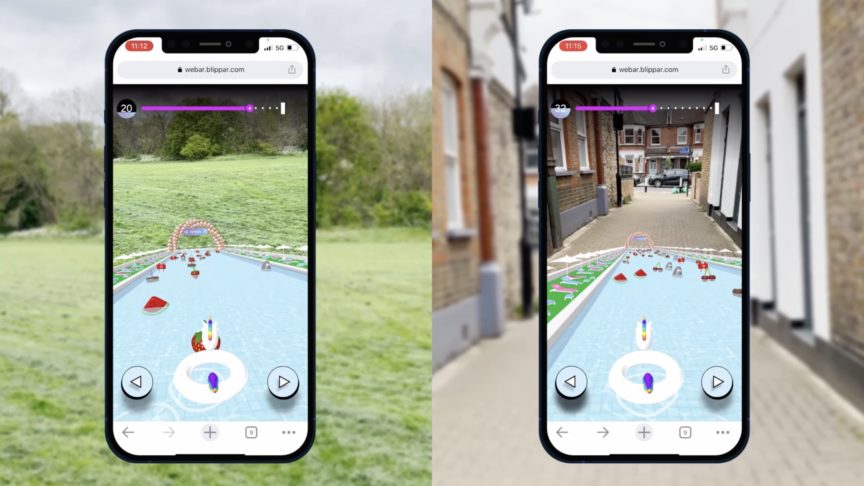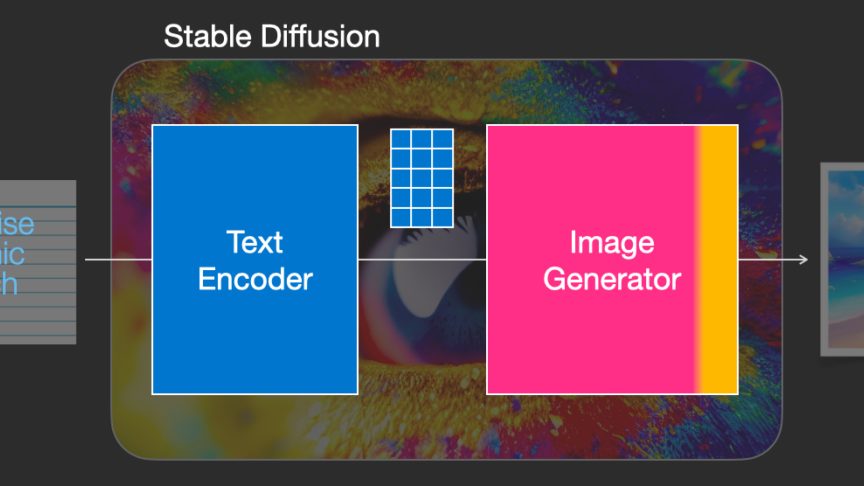Like so many industries, technology is shaping the auto sector. Consumers can educate themselves on new cars online, without needing to set foot in a dealership. And as technology enables on-demand service and purchase, consumers are beginning to expect no different from auto brands. So how can augmented reality for cars help?
3 ways Augmented Reality can drive value for Auto Brands
October 24, 2018
3 ways Augmented Reality can drive value for Auto Brands
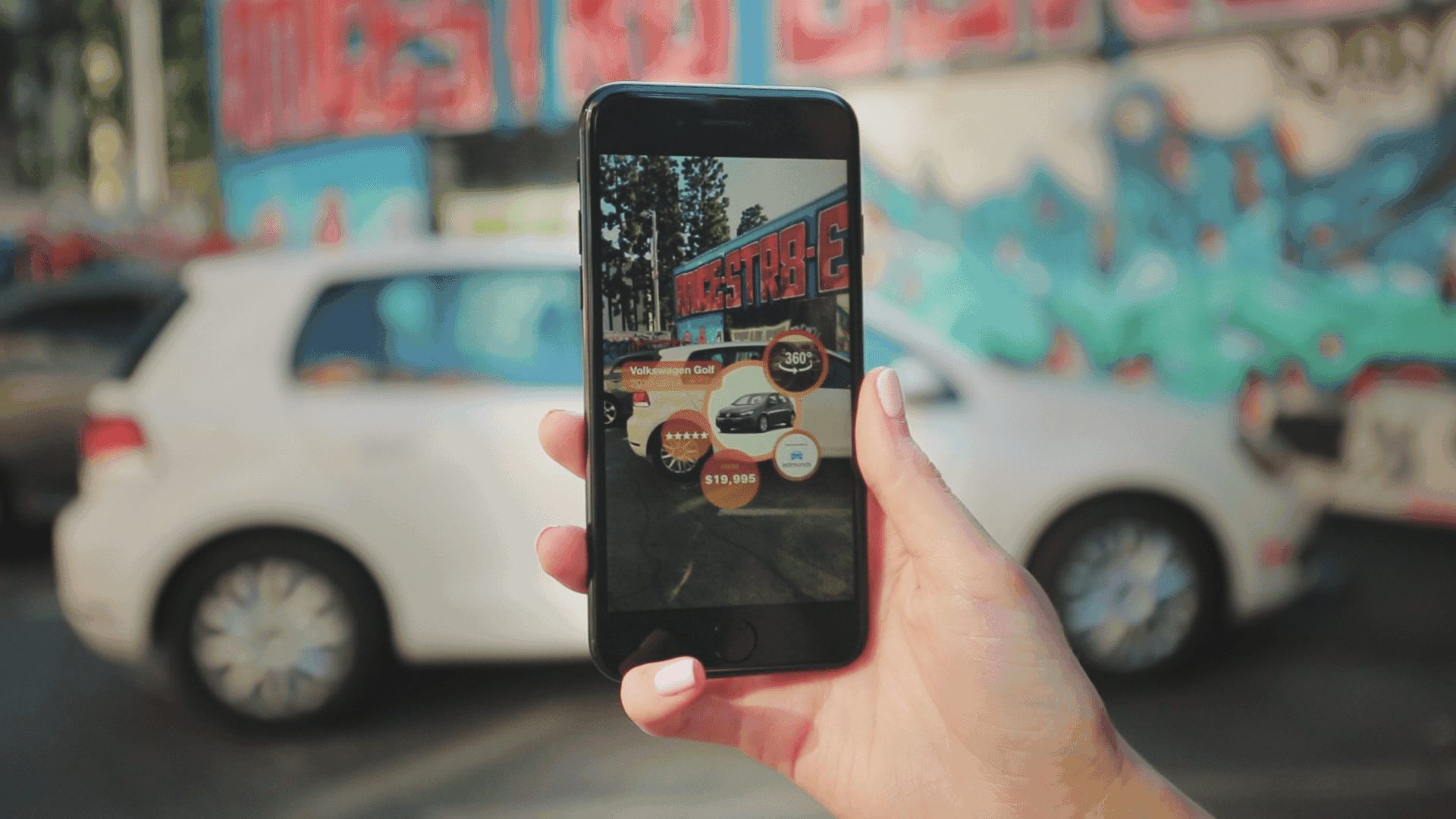
AR lets consumers:
- Place a car on their driveway in life-size 3D;
- Sit in the driver’s seat of a car without leaving home;
- Customise cars in dealerships to see different colours and finishes;
- Service their car, assisted by a virtual technician,
- and launch engaging experiences from brochures and more.
These experiences can help deliver results at each stage of the customer journey. Read on to discover how augmented reality can drive awareness and consideration, conversion, and post-purchase engagement for auto brands.
1. Drive awareness and consideration online
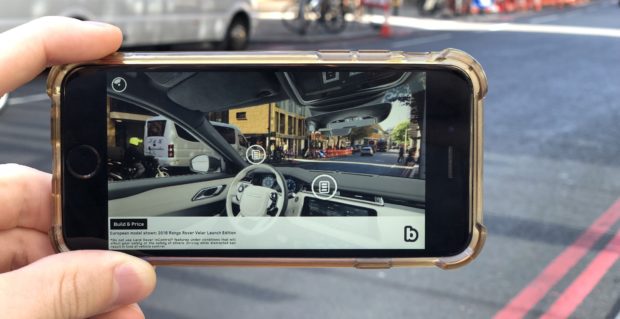
The internet has radically changed the automotive customer journey. The dealership has become the last stage in the customer journey, with the awareness and consideration phases now mostly taking place online. So how can augmented reality help tap into this new behaviour?
You can let consumers place a life-size 3D model of your new car on their driveway. Using SLAM technology, the car is placed within the user’s surroundings. They can walk around the car as if it’s physically there.
You can also let them virtually sit inside the car to explore every angle of its interior through a 360º gyroscope experience. Virtual car tours are brilliant experiences to publish to the web to drive awareness. With web AR, you can bring augmented reality to all kinds of web-based experiences, including banner ads, websites, and social media ads. Users simply tap a link to launch the AR experience without the need for an app.
We partnered with Jaguar Land Rover to let consumers virtually test drive its new car, the Velar, through an AR-enabled banner ad campaign. Consumers could tap the ads to launch a 360º view of the car’s interior. The transparent windows gave consumers the sensation of actually being sat in the car, and they could tap hotspots to see more details on key features -- such as the entertainment system. The banner ads themselves were also animated with 360º gyroscope to encourage taps and engagement. The campaign produced an average dwell time of 121s -- 15x the industry average.
2. Enhance the sales process and encourage conversion
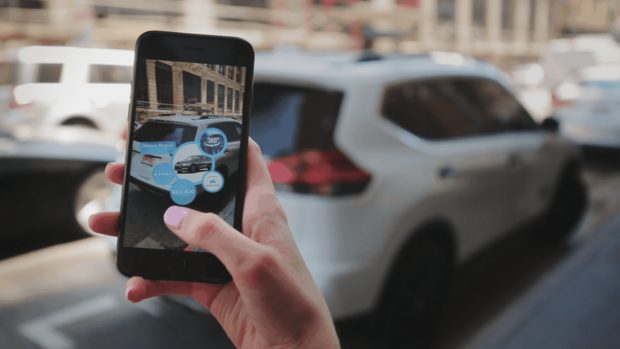
Today’s consumers expect on-demand service. Car brands are faced with the challenge of updating traditional processes, such as the sales process, to meet the demands of digitally-savvy shoppers. AR can create unique experiences to enhance sales and help encourage conversion more quickly.
You can use AR to enhance shoppers’ experiences in dealerships, such as letting them scan a car to change its colour and browse different finishes in augmented reality. You can also let consumers scan any car from your brand that they see on the street to unlock information on its price, or locate your nearest dealership. You can offer this experience through an existing app with an augmented reality SDK, or a white label AR app.
For example, we partnered with USAA, a financial services firm, to speed up the car buying process. Customers can scan any US car (built after 2000) with USAA’s AR app to unlock the type, model, and price of the car, and see similar vehicles for sale in the area. The app can also access customers’ securely stored financial history with USAA to instantly launch personalised insurance and financing quotes in AR.
3. Educate and engage customers post-purchase
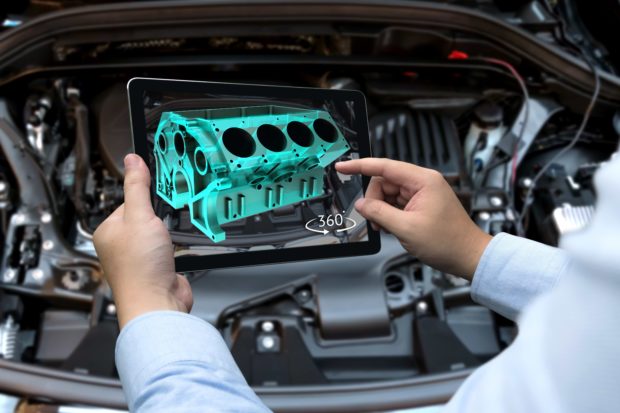
A challenge for auto brands is to educate consumers on the technical features of a car after purchase. Paper manuals tend to rely on words and diagrams, which can limit a customer’s understanding of how their car works and how to maintain it.
You can let customers scan their car to launch a virtual technician. Customers would be able to see interactive 3D animations of how the engine works, how to change a tyre, how to top up brake fluid, and more. These are hugely useful AR experiences for customers, and could help reduce the time engineers spend fixing issues that customers could fix themselves.
Augmented reality can also help continue to engage customers post-purchase. For example, we created an AR car game for Porsche. Launched from print collateral, users could race around the Gotthard Pass Track in augmented reality and record their best time. Similar fun AR experiences can be launched from brochures, direct mail, or any print collateral.
The future of the automotive industry and AR
So what’s next for the automotive industry? Some automotive suppliers, such as Harman, Continental, and Visteon are already experimenting with augmented reality windshields -- windshields that augment contextual driving content. This could enhance safety by displaying traffic warnings or weather conditions on the windshield. It could also enhance navigation. For example, our urban visual positioning tech navigates users outdoors using computer vision and augmented reality, and can be tested in our AR navigation app, AR City (iOS only). In the future this tech could be applied to car navigation.
Find out more about augmented reality for cars, or get in touch to find out how AR can work for you.

